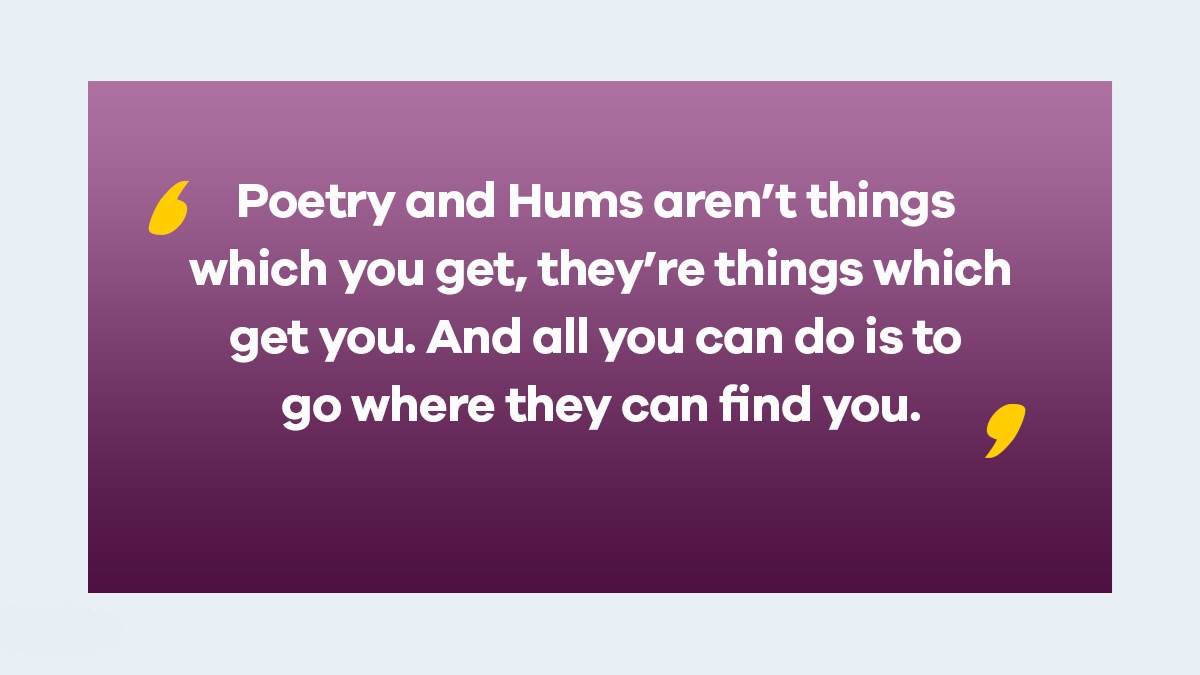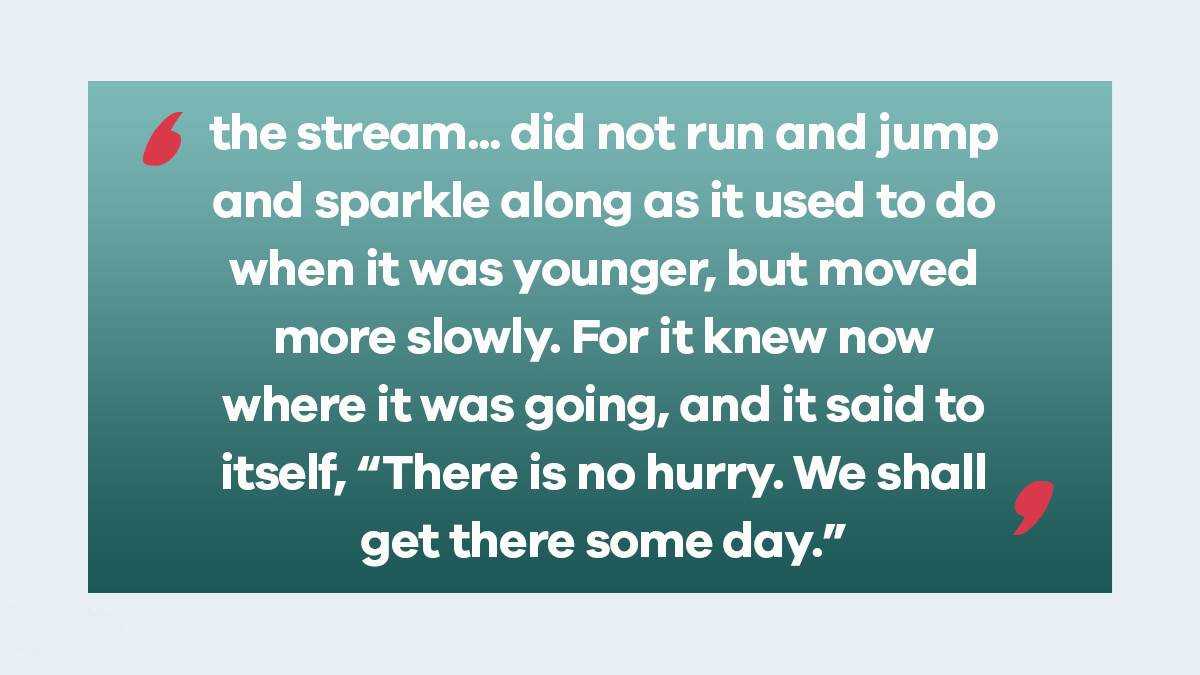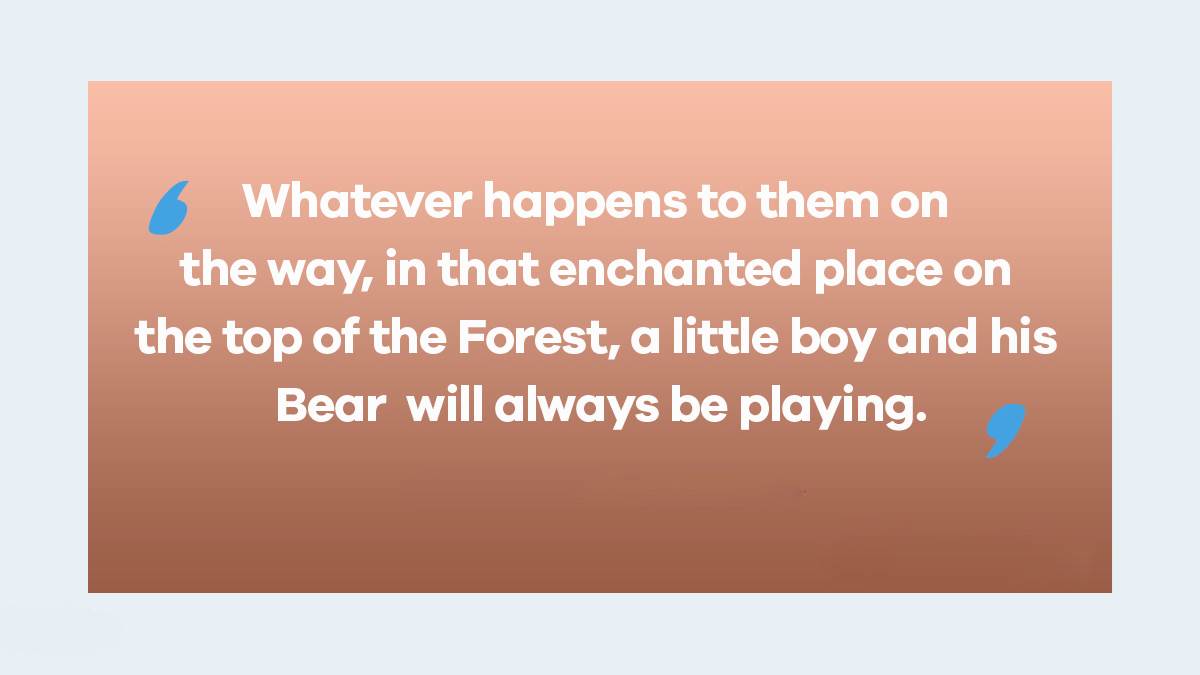Why Winnie the Pooh is the wisest bear in the woods
Published on: 17 January 2017 Author: Sophie Offord
This classic bear is about as famous they get – but how on earth did he end up a popular thinker for our times?
Winnie the Pooh was brought into life by a very talented man called Alan Alexander Milne.
In fact, this magical bear was born on Christmas Eve – when his story was first published in the London Evening News.

This writer's name was a long one, let's be frank – so it's little wonder he dropped some letters to become simply A A Milne.
Milne had spent his career writing for various magazines and newspapers.
But everything changed with the First World War.
Back to childhood
Some people say that serving in the war made Milne realise the importance of innocence and childhood – not just for children, but for all the grown-ups, too.

In an essay on children's books, Milne wrote: 'a children's book must be written… for the author himself. That the book when written should satisfy children must be regarded as a happy accident.'
All of this, and the birth of his son Christopher Robin, inspired Milne to write some children's verse.
His book of poems, When We Were Very Young, came out in 1924 – and soon his son's stuffed toys were leading him to write about a motley mix of talking animals…
Wit and whimsy
A A Milne's poems and stories for children were a huge success. After Winnie-the-Pooh, he wrote another book of verse and then a further book of adventures, The House at Pooh Corner, about Pooh Bear. In fact, this was the one that introduced Tigger to the world: Pooh's happy and oh-so-troublesome friend.
Several decades later, the rights to Winnie the Pooh now lie with Disney – and there are cookbooks, board books, mugs and toys.
The popularity of Pooh has spread throughout the world and even inspired adult bestsellers such as Pooh and the Philosophers and The Tao of Pooh.
Many of the quotes credited to Winnie the Pooh weren't actually penned by Milne at all: some are from books "inspired by A A Milne" or even lifted straight from Disney films.
In fact, much more than wisdom, Milne's original texts have wit and whimsy: a big dose of silliness and a gentle "live and let live" mindset.

Bear mindfulness for all
So how did Winnie the Pooh inspire these quotable nuggets of insight, shared all the time on social media?
It seems that we, adults and children alike, still need a talking bear and his friends telling us that everything will be all right – regardless of who wrote the words.
Perhaps it's because these characters represent the million and one moods that we battle each day: the sadness of Eeyore, the excitement of Tigger, Piglet's shyness, and so on.
And in these days of being mindful and grateful and trying to live in the moment, Pooh Bear is the one that we all strive to be: easygoing, good-natured, content to be happy and just hang out with friends.
So three cheers for the "pooh-isms" of Winnie the Pooh: 'a Bear with a Pleasing Manner but a Positively Startling Lack of Brain...'
Here's to not over-thinking and to having more honey – being a little less "adult" and a little more "bear".

Check out our best books for 6-8 year olds from the past 100 years
Topics: Features





